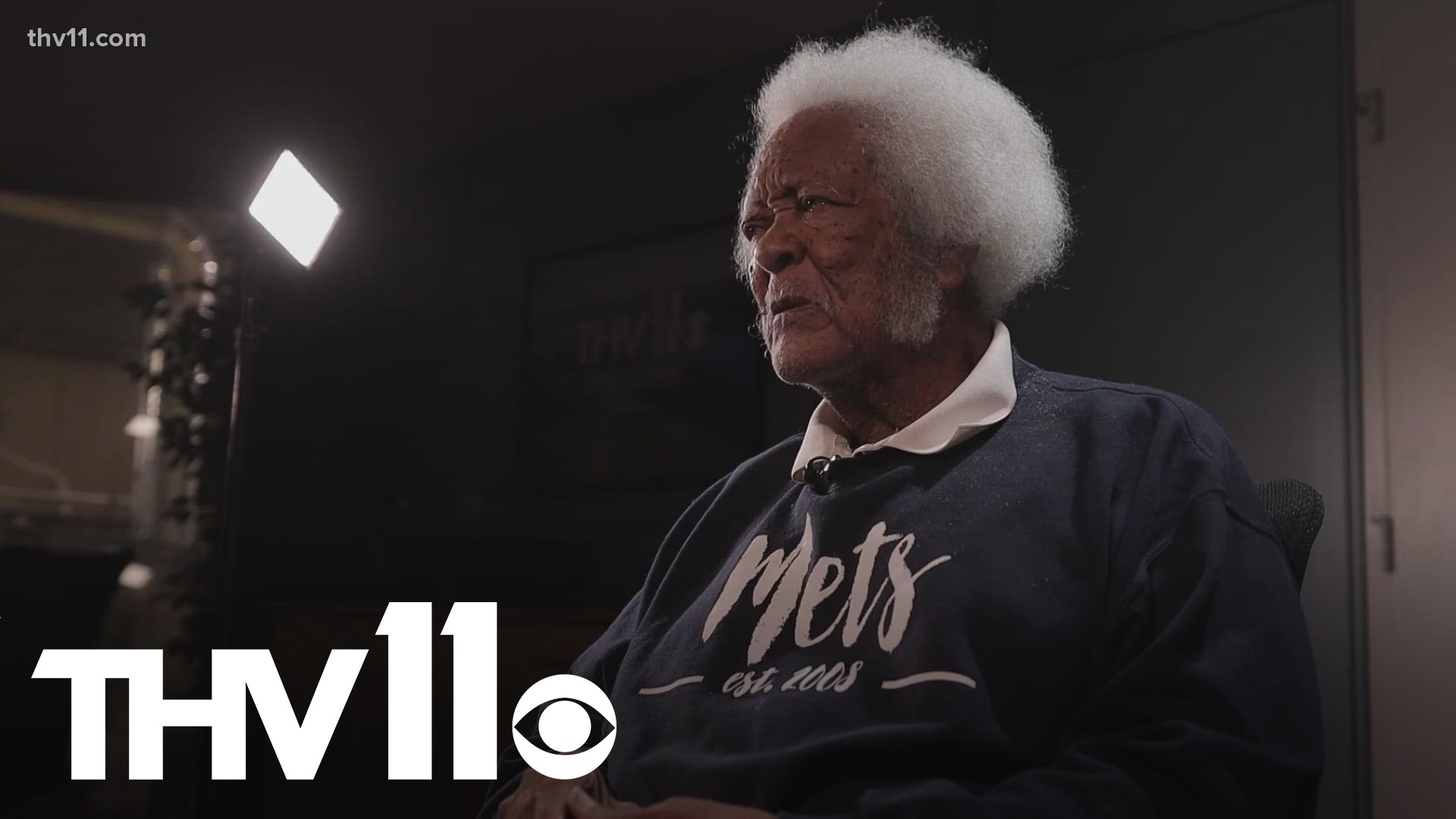PINE BLUFF, Ark. — The Little Rock Nine is one of the most well-known groups in Arkansas that helped fight to end segregation— but of course, they weren't the only ones.
60 years ago, a group of Pine Bluff college students took part in protests that came at a costly price.
For decades, prominent civil rights activists like Martin Luther King, Jr. fought for equality.
In 1954, he and so many others across the country joined forces in a movement meant to be nonviolent.
"Dr. Martin Luther King, Jr. was actually making some waves, especially in the south just to see change. That brought a lot of hope to the African American community," said Stephanie Sims, director of the museum at UAPB.
Dr. King's call for change came to Pine Bluff in 1958 when he visited Arkansas Agricultural Mechanical and Normal College, or AM&N— now known as the University of Arkansas at Pine Bluff
"This was a great opportunity to bring him on campus and so Dr. Lawrence, Davis senior actually invited him to be our commencement speaker," Sims said.
Sims explained how white legislators at the time didn't agree with the idea and considered Dr. King's visit controversial.
The decision to welcome him led to consequences for the university.
"We were underfunded for at least five years and so with that happening, we took a huge hit in our budget," Sims described.
However, for Oliver B. Elders, a student and basketball player at the time, Dr. King's visit was nothing short of inspirational.
"He wanted to see the right thing for everybody. Not just this color or that color," Elders remembered.
He was so moved, he never forgot part of King's commencement speech.
"Don't go out there and try to do just a good Arkansas job or be a good Arkansas lawyer, or a good Arkansas doctor. But do a job so well that the world will recognize," Elders recounted.
Sims said she believes those same words likely also encouraged a group of students who were part of an organization known as the Student Nonviolent Coordinating Committee, or SNCC.
According to Sims, SNCC originated in North Carolina at a time when student-led sit-ins at segregated lunch counters happened across the south.
"This is the one organization that was orchestrated by students and these are students that were on college campuses, even high school," Sims said.
Students in Pine Bluff would form their own SNCC chapter in 1963, five years after Dr. King's visit— this marked their efforts to join in the civil rights movement.
"13 [AM&N] students got together and they decided that they were going to desegregate the Woolworth's lunch counter on Main Street in Pine Bluff," Sims said.
She recounted the stories of students sitting at the F.W. Woolworth's Department Store in downtown Pine Bluff and asking to be served.
Their requests were repeatedly denied, but that didn't stop the group. The students returned to the story every day for nearly a month.
"On that 28th [February] day, the owners or the workers of the restaurant actually removed out of the stools, so they can't do this sit-in," Sims said.
A display inside the campus's museum now depicts what the lunch counter would've looked like.
Sims said that after Woolworths removed the stools, the students moved their protests to other businesses in Pine Bluff.
"Dr. Davis was in full support of the students during that [and] he let them know that," Sims said.
Despite his support, she said Chancellor Davis had to address the sit-ins because the students continued to threaten the university's already-cut funding.
"Those students were actually expelled from the university, mainly because we were defunded because of Martin Luther King's visit," Sims said.
In all, 13 AM&N students would leave the university, with some going elsewhere to finish their studies.
Elders watched from afar and said he silently supported the trailblazers.
"They had a good leader that made sure they did the right thing," Elders said.
He attended school on an athletic scholarship and said he remembered his basketball coach telling the team to not get involved.
Elder took that advice and did not.
Six decades later, he credits that group of protestors for helping change the city and still thinks about their efforts to this day.
"I still feel good about what right looks like. I want to see us as the people feel good about themselves and have dignity and worth," Elders said.

